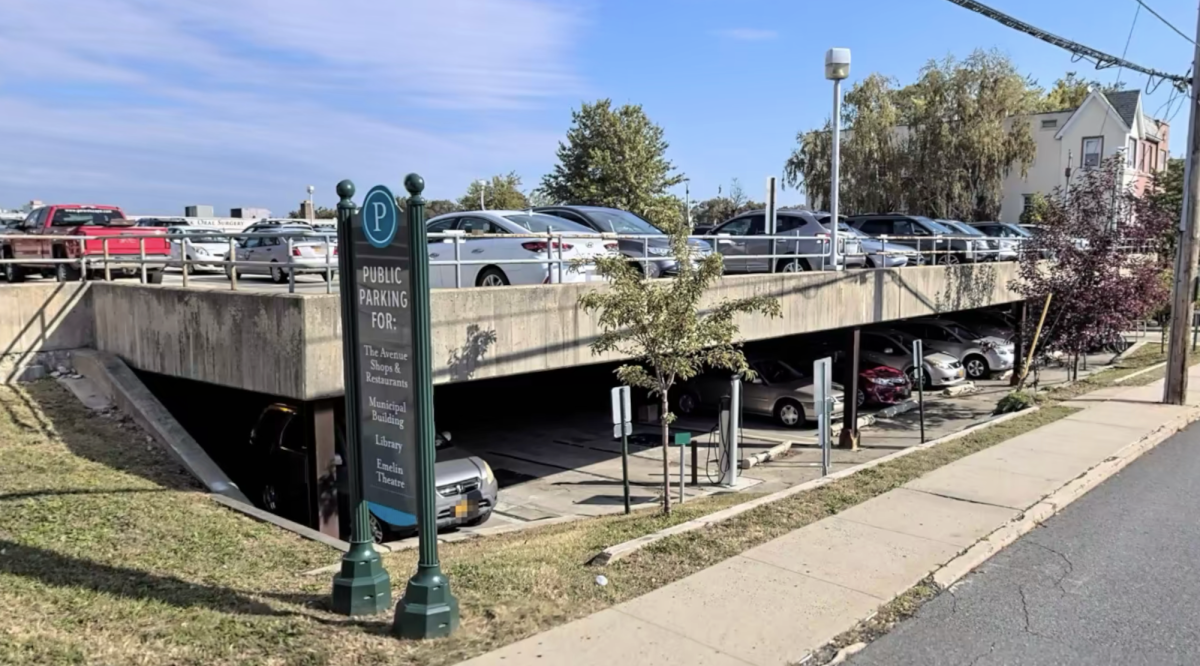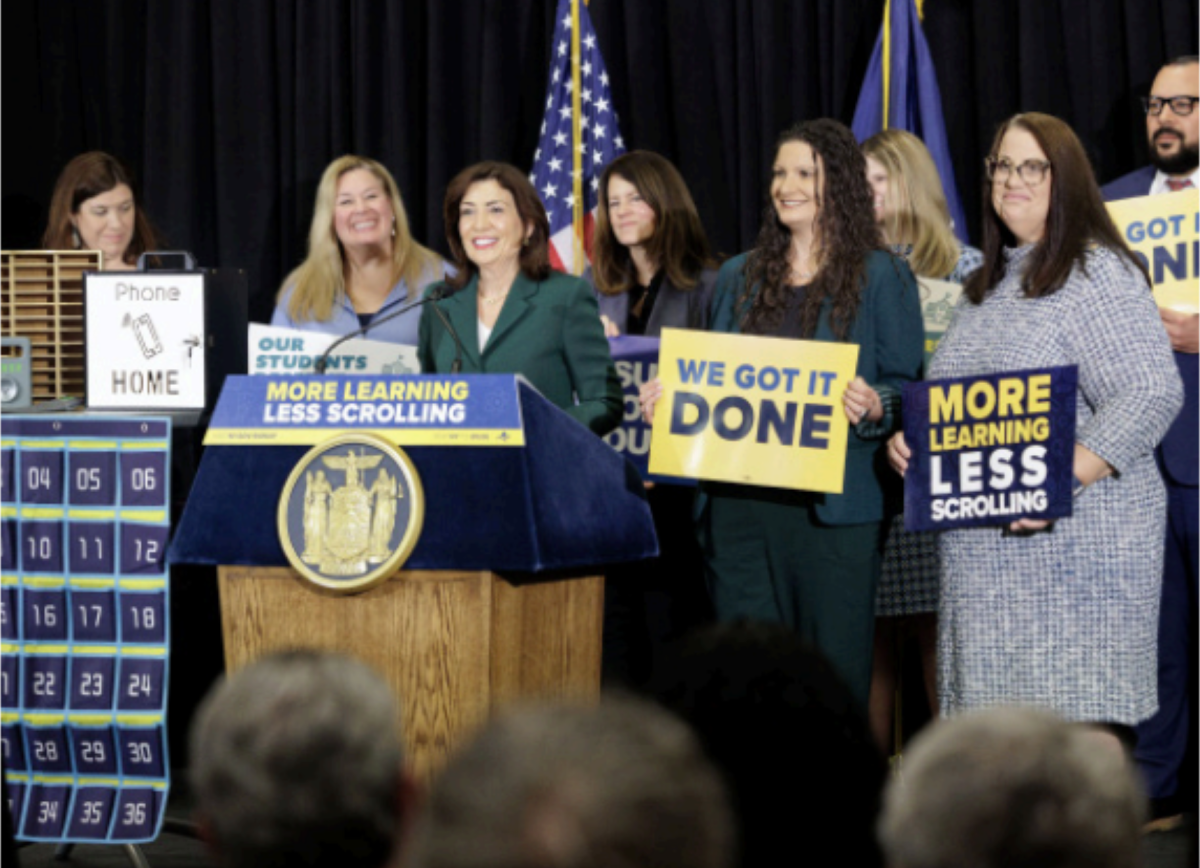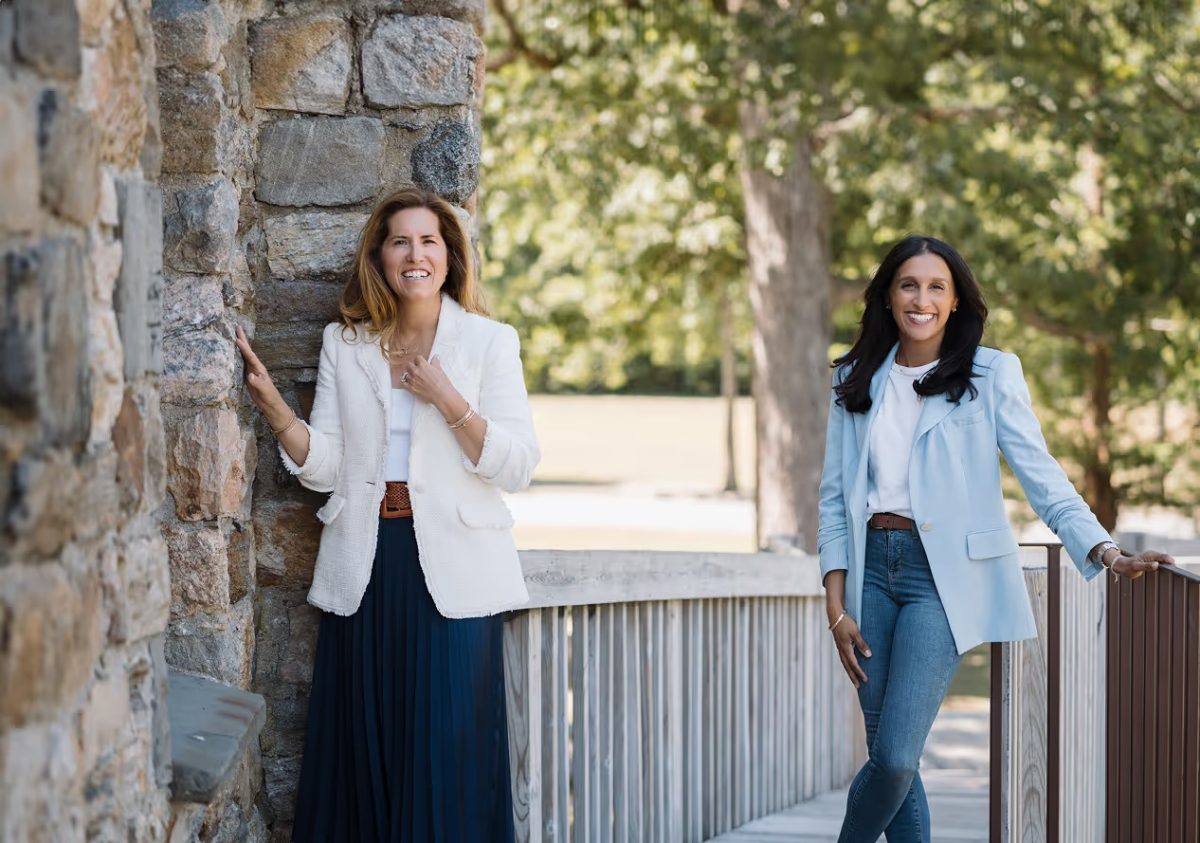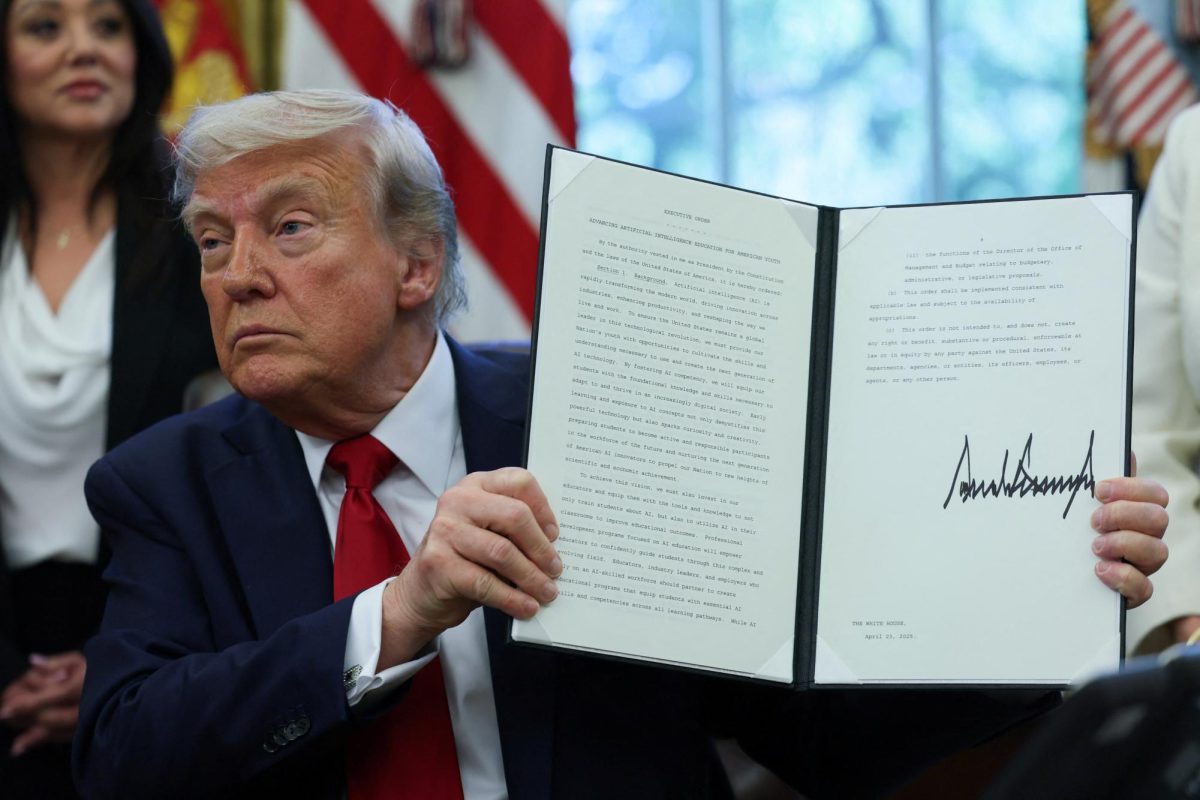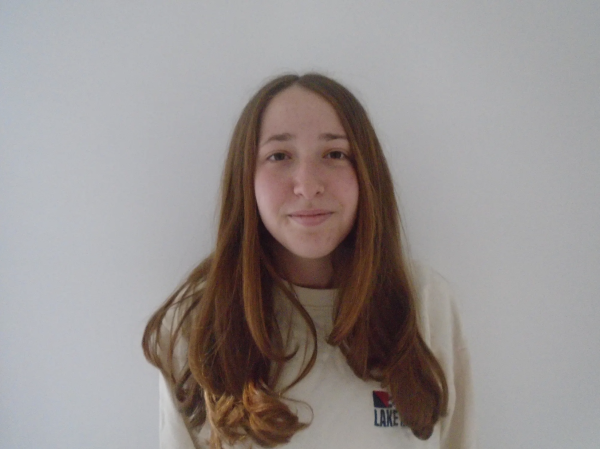The Village of Mamaroneck is incredibly socio-economically diverse. According to the U.S. Census Bureau, the community of approximately 20,000 is over 30% Black, Hispanic, or Latino with 44% of households speaking a language other than English at home. With a median property value of $718,900 and a poverty rate of 6.5% (US Census Bureau), there is certainly a demand for affordable housing for Mamaroneck’s low-income workers. After years of demands from local groups like the Mamaroneck Coalition for Affordable Housing or the Washingtonville Housing Alliance, the Village of Mamaroneck has taken new steps toward providing an adequate supply of affordable housing to residents. The property in question: Hunter Lot, a parking structure that sits on Prospect Avenue across from the Village Center, just steps from Mamaroneck Avenue. Development plans are much desired, but remain unlikely, if possible at all.
The proposal for the rezoning of Hunter Lot and construction of a residential, affordable housing complex began in late March, when then-Mayor Tom Murphy and the Board of Trustees proposed a plan to address Mamaroneck’s affordability crisis. The initial plan for the project called for the construction of between 40 and 50 residential units that could accommodate families making thirty-thousand dollars or less per year. In order to accommodate this development, Mayor Murphy proposed that the property, which is currently zoned R-5, which is the Village’s most restrictive category for residential density, be rezoned to become a C-2, or commercial zone, property. This would allow the property to accommodate a much larger number of residents.
In August, more formal action began with a Request for Proposals (RPF) issued by the Village of Mamaroneck calling for a “complex downtown mixed-use all-affordable housing project.” Two organizations submitted proposals to the Town, which were made public in mid-November. Very minimal information has been given regarding the next steps forward with the property. On November 13th, the Village held a work session. Here, the possibility of a Selection Committee was proposed. The Committee would likely include members of the Larchmont Mamaroneck Housing Coalition. Discussions around the proposal continued at a presentation on November 15th as Deputy Mayor Lou Young promised more information and a public hearing by mid-December.
At the November 21st work session, BRP Development Partners–a full-service affordable housing developer–presented alongside the Hyperion Group–a “vertically integrated” investor, developer, and operator of mixed-use and affordable housing. In conjunction, these groups are known as Luna. Their proposal suggested a 187 unit development accessible to families making from 30 percent to 120 percent area median income (AMI). Area Median Income (AMI) is defined as the midpoint of a specific area’s income distribution based on median family income within a four person household. AMI is frequently used to assess whether or not an individual qualifies for affordable housing (HUD Loans). In the Village of Mamaroneck, this tool could be used to protect the rights of individuals employed by the Town and/or State. The majority of government employees make less than $100,000 a year (Empire Center). While this may seem like a substantial salary, the AMI within the Village of Mamaroneck is $118,400 (US Census Bureau). Even more shocking, the average cost of living in Mamaroneck is $129,166 (LoHud.com). This means sanitation workers- who make an average salary of $47,00- police officers- who make an average salary of $50,000- and even teachers- who make an average salary of $97,000 (Economic Research Institute)- can’t afford to live in the communities in which much of their lives revolve around.
The plan proposed by Luna would go beyond just the Hunter Lot property and would span from Palmer Avenue to Prospect Avenue, requiring the purchase of land outside of the current Hunter Lot property. The size of the proposed plan has raised various concerns from both residents and the Board. Many fear that the property does not account for pressing issues such as flooding. Luna addressed these concerns, noting how the building will feature a “blue roof.” Blue roofs are designed to catch and control water in urban or highly developed areas in order to minimize the risk of flash flooding. The roofs feature a permeable surface with a large compartment underneath fit to contain and slowly release water. Other methods, such as planting grasses and other vegetation on the roof, may be utilized to minimize the impact of flooding. Additionally, the first level and a half of the property will be parking. This should protect residents from in-unit flood damage.
In addition, many fear the loss of Hunter Lot will make parking on/around Mamaroneck increasingly difficult. In response, Luna acknowledged that the majority of parking spaces, which will be located at the bottom of the development, will be accessible to the public. Additionally, multiple exits will help control the flow of traffic in and out of the lot.
The Washingtonville Housing Alliance (WHA) has also proposed a plan in collaboration with its parent organization, West Hab. Their plan calls for the construction of a hundred percent affordable building featuring 77 units at varying degrees of affordability. Additionally, the building would include a ground level community center, available to all Mamaroneck residents called “the hub.” Managed in conjunction with the WHA and Community Resource center, the “hub” would serve the purpose of bringing community members together.
The proposed building is significantly smaller than the building proposed by Luna. This development would not require purchasing land outside of the Hunter property and would not reach Palmer Avenue. Public comments have favored the WHA proposal. This is likely a result of the organization’s direct investment in the community. The WHA is “a locally sponsored not-for-profit corporation [that] seeks to preserve and enhance the quality of life in the Village of Mamaroneck” (Washingtonville Housing Alliance). The chair of WHA, Jen Guzman, spoke to this, noting how the “local expertise” and “personal connection to involved families” guided the development of the proposal. Washingtonville dedicated large sums of money, especially considering the size of the organization, to the proposal, taking climate and sustainability concerns, standing zoning laws, and housing concerns specific to Mamaroneck into account. WestHab also played a significant role in the proposal. As the largest financier of affordable housing in Westchester, Westhab allowed Washingtonville to understand affordable housing from the perspective of the broader county. On January 8th, WHA will present at their second board meeting after receiving feedback from both the community and Village board. Guzman mentioned a few revisions the WHA has made since receiving feedback. Revisions include increased public parking spaces. A public hearing will also take place on the 8th, giving residents the opportunity to voice their personal opinions and concerns.
As of Monday, December 4th, Mamaroneck’s new mayor, Sharon Torres, assumed office. Residents will have a new leader at the center of the debates for the future of Hunter Lot. Affordable housing is “necessary to ensure diversity and maintain equilibrium in the community,” says Original Civil Research and Action (OCRA) student Anna Blanco (‘25) who has spent the past year researching affordable housing. Guzman also noted how affordable housing will ensure Mamaroneck can “retain great people and bring in new, diverse populations.” Another OCRA student, Tyler Prozes, corroborated this, stating, “this is a great opportunity to generate urgently needed progress in the Village and broader community.”



